Original author: PSE trading intern@JohnHol10
This year, asset issuance protocols on the Bitcoin chain have become the focus of ownership discussions. These protocols are all metadata protocols, which define an asset by recording some information in a Bitcoin transaction. At different points, there are different recording locations, different recording methods, etc. These differences determine the differences in the protocols.
1. What is a metadata protocol?
Blockchain is a linked list structure that carries gradient pointers, which is essentially a database maintained by circular nodes. Satoshi Nakamoto decided to use the blockchain to record transaction data encrypted by elliptic curve functions and gradient functions. The point here is that as long as you can think of recording which address adds how many types of assets to which address somewhere, and you can create a simple It is possible to create a digital asset by effectively verifying that the source of the asset is legal, that the asset has not been spent, that the transaction signature is legal, etc.
In the early days of Bitcoin, someone thought that this information could be recorded in the op_return output, so that the security of Bitcoin could be inherited and new assets directly released on the Bitcoin chain to consume a new chain. This is the Colored Currency Protocol, the first metadata protocol in history. Unfortunately, the idea of the colored coin protocol was still too advanced at the time, and people still doubted whether Bitcoin was valuable. The more convincing way at the time was to once again build a blockchain and find a new ledger to record the transfer of assets.
2. BRC-20: A new paradigm for on-site reinforcement
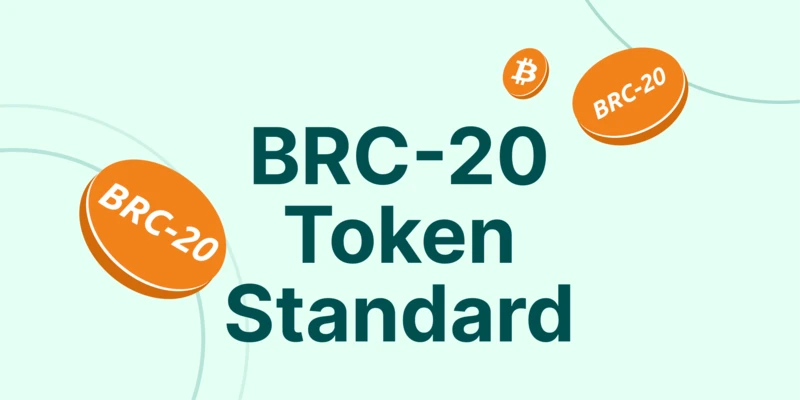
In February 2023, the emergence of the Ordinals protocol once again opened up peoples imagination of the Bitcoin ecosystem. The Ordinals protocol gives each Satoshi a number in the order in which it was mined, and records any data in the Segregated Witness field of a Bitcoin transaction, calling it an inscription, and defines the transaction output. The first Satoshi owner of UTXO owns the bits of this inscription.
Any data can be stored in the witness field, so naturally the text data recording transaction information can be recorded in the witness name field. This is the BRC-20 series of protocols. They exchange the text data including the protocol version number, operation type, issued asset, and cycle number with the reserved fields for a Bitcoin transaction input, thus defining the configuration and inscription of the BRC-20 assets. and transfer.

The BRC-20 protocol has aroused enthusiastic response, and its main assets are $Ordi, $Sats, etc. $Ordi is the starting token of the BRC-20 protocol. It was deployed on March 8 this year. It was fully engraved within two days of deployment, with a total of 21 million. Its market capitalization reached $630 million in May and is now worth about $410 million. The popularity of $Ordi has led to the continuous allocation of various BRC-20 assets. Among them, the most representative $Sats, which was allocated on March 9, with an overview of 2100 trillion, was not fully engraved until September 24. $Sats once surpassed $Ordi in market capitalization and is currently worth around $270 million.
After BRC-20, a series of asset issuance protocols based on Ordinals began to appear, but they are not essentially different. They all seal the witness field of metadata. Its biggest advantages are free deployment, public inscription, simplicity and ease of understanding, and high transparency. All information is disclosed on the chain, and everyone can check what they are transacting on the chain. These characteristics have contributed to the explosive explosion of BRC-20, and gamblers have entered the market one after another, or deployed assets that they believe will rise many times.
But in addition, the BRC-20 series asset issuance protocol makes Bitcoin transaction fees very expensive, which is naturally good news for large miners, but for small nodes that maintain the status of Bitcoin, the on-chain of the BRC-20 series protocol The footprint is large and they are able to generate a large amount of UTXO with an amount of 546 satoshis, which makes their operating costs skyrocketing.
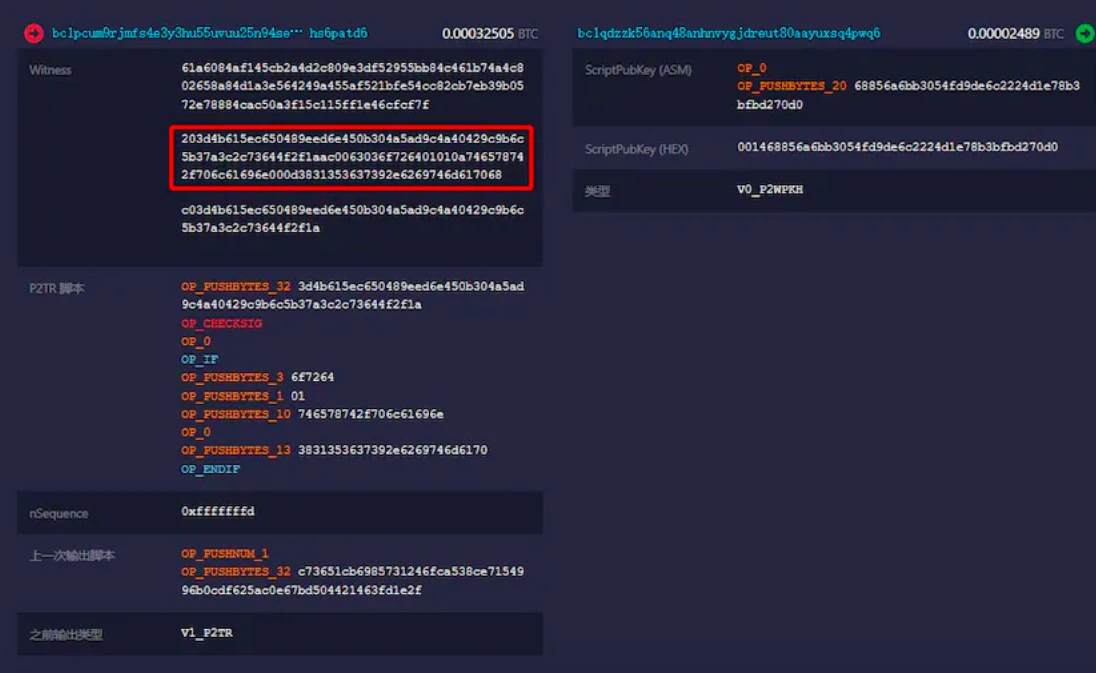
3. Runestones: retro op_return reappears
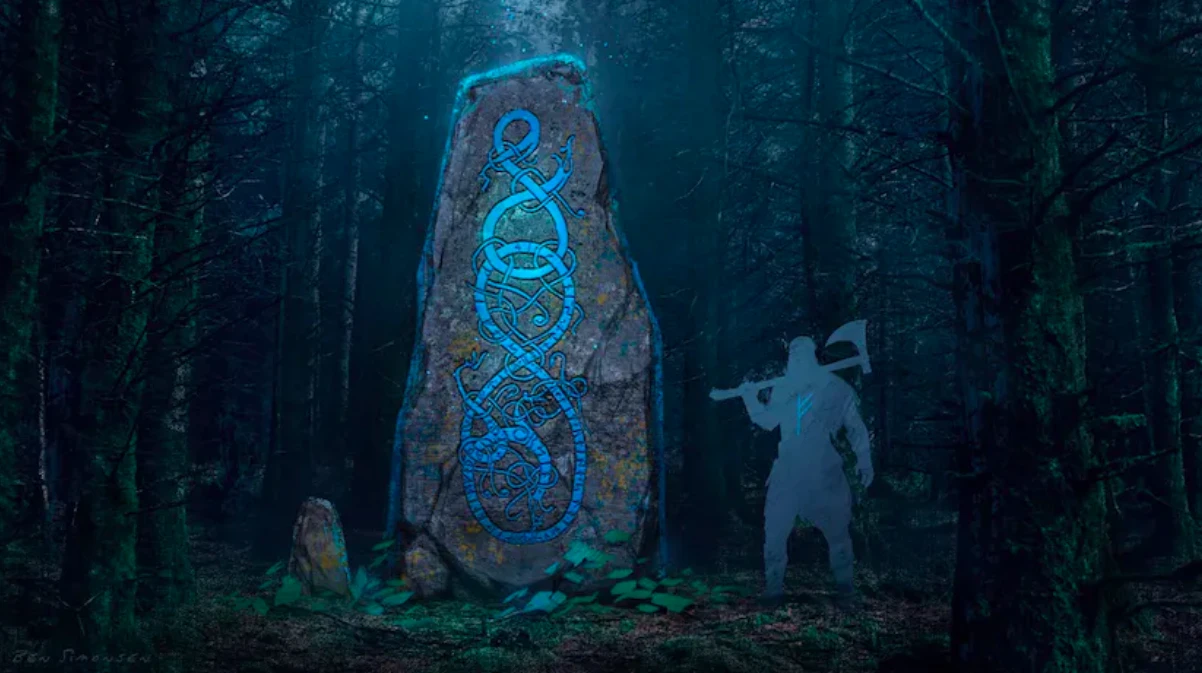
Casey Rodarmor, the founder of the Ordinals protocol, tweeted on September 26, 2023, proposing the idea of a new metadata asset issuance protocol, Runes (later renamed Runstone). Casey said that the original purpose of the Ordinals protocol was to create a beautiful art gallery in Bitcoin, but the madness of BRC-20 is eating away at Bitcoin, and no one can stop gamblers from participating in gambling, so he raised hopes The idea of establishing a cleaner metadata asset issuance protocol so that gamblers can continue to gamble without creating a large number of UTXOs and increasing the burden on nodes.
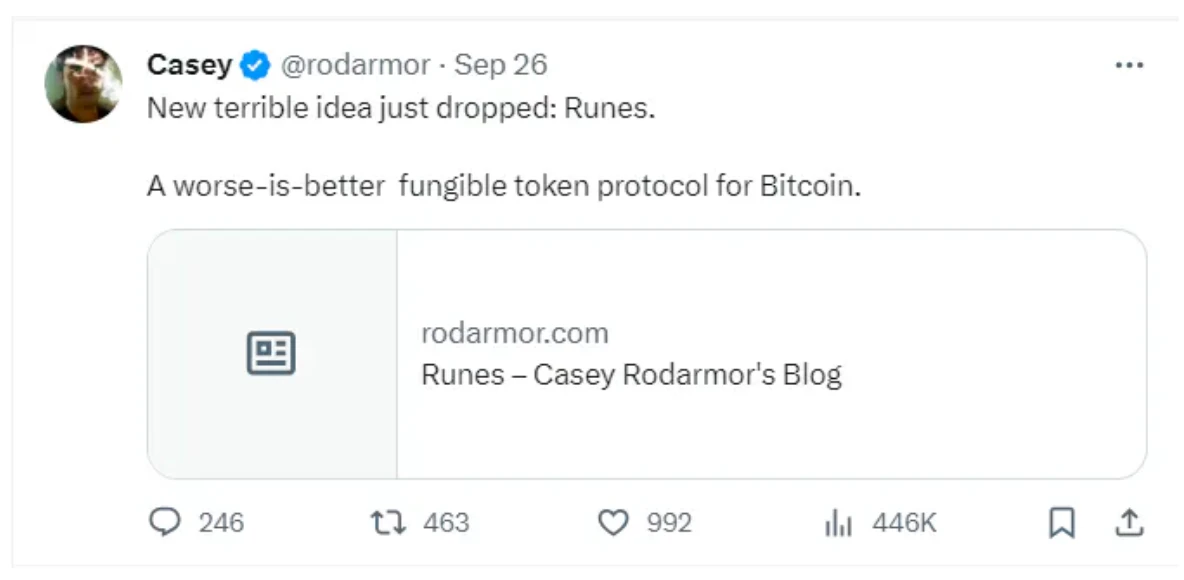
Runstone is a replica of the ancient colored coin protocol, which records the metadata of the defined asset once into the op_return output of the Bitcoin transaction. op_return is a special Bitcoin script opcode. Any instructions after op_return will not be executed, so the UTXO containing op_return is considered never to be spent, and thus can also be eliminated from the UTXO setting to reduce node maintenance costs. Therefore, any information can be output and recorded in op_return (the bath output does not need to contain bits), and the floors on the chain are relatively clean and the burden on the nodes is relatively small.
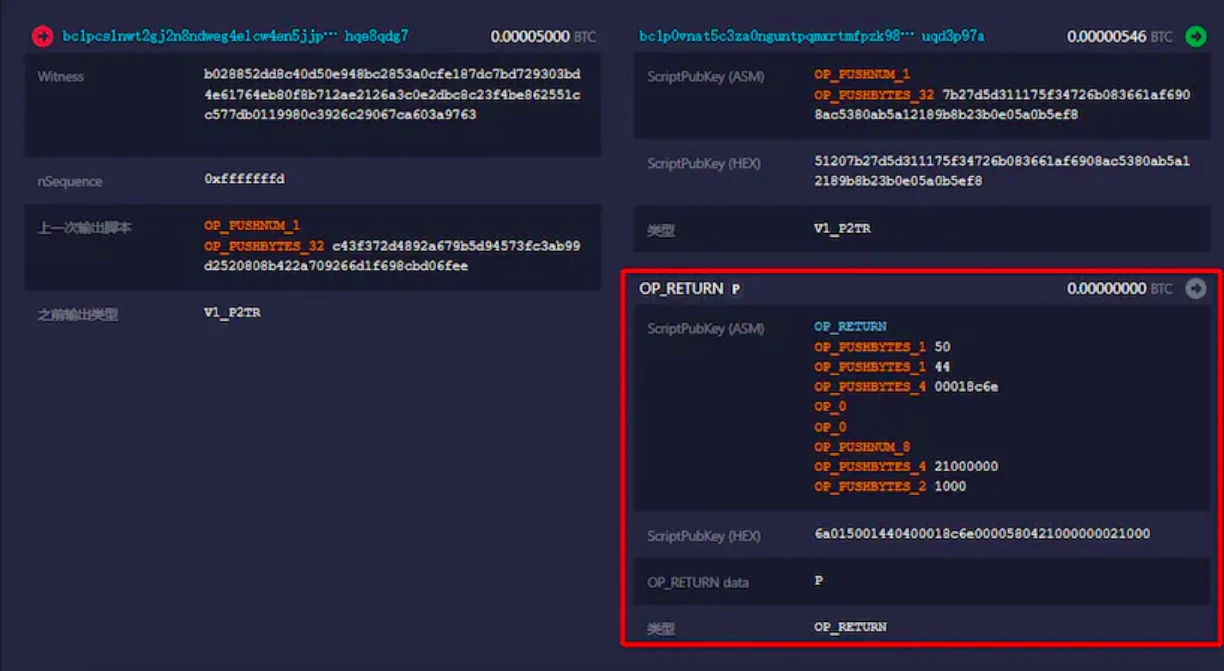
The concept of Runestone has aroused heated discussions, but unfortunately Runestone has not been implemented until today. However, Benny, the founder of TRAC, soon launched a similar asset issuance protocol - Pipe Protocol, which is also a data asset issuance protocol that stores data in the op_return output. The Pipe protocol inherits Caseys idea of creating an asset issuance protocol with a clean footprint on the chain, and also inherits the core concept of the BRC-20 protocol, which is free deployment and public inscription. This is not in Runstone’s plan. Obviously, Casey believes that free deployment and public inscription are the main culprits that cause congestion in the Bitcoin blockchain. Therefore, in Casey’s vision, Runstone will be an asset dominated by the project side in the form of airdrops. issuance agreement, but the market obviously prefers the method of free allocation and public inscription.
The first token of the Pipe protocol, $Pipe, was deployed on September 28, with a total of 21 million units and a current market value of about US$30 million. Although $Pipe is in the form of a public inscription, the TRAC team, which is currently one of the few project owners among public tokens, stated that $Pipe will be governed by $Tap, another BRC-20-like asset developed by the TRAC team. The issuance protocol is the first token of the TAP protocol, and $Tap will be governed by $Tracs token, which is a BRC-20 token.
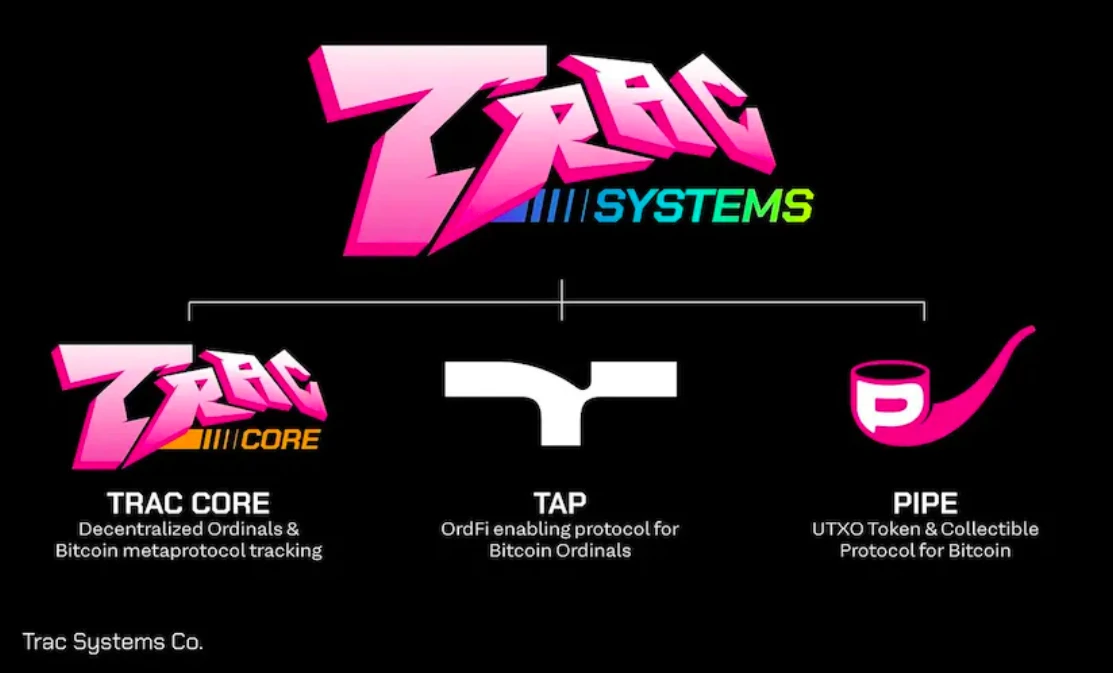
The biggest shortcoming of protocols such as Rune Stone and Pipeline Protocol is the limited storage space of op_return. This limitation does not have a big impact on homogeneous assets, but it has obvious constraints on homogeneous assets.
4. Taproot Asset Protocol: Achieve substantial expansion with on-chain commitments
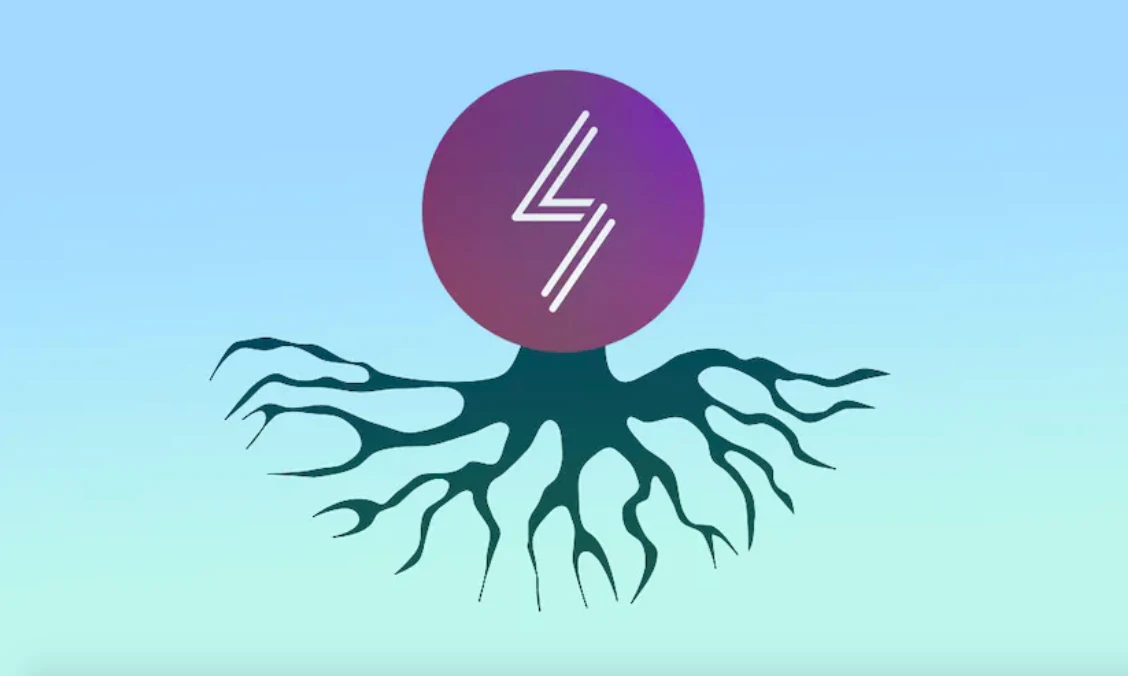
There have always been attempts to issue assets on the Bitcoin chain. For some very idealistic cypherpunks, they do not think it is appropriate to issue speculative assets on the Bitcoin chain for gamblers and miners to enjoy. necessary. They strive to prevent the asset issuance protocol from affecting the normal use of the Bitcoin network. In order to achieve this, they spend more time developing more complex technologies.
The Bitcoin Lightning Network development team Lightning Labs began developing a Lightning Network stablecoin protocol called Taro in April 2022. It was renamed Taproot Asset in May 2023. Then on October 19, 2023, Taproot Asset officially launched its first main currency protocol. The vision of Lightning Labs is to combine the Lightning Network with the issuance of stable currency assets to enable global foreign exchange transactions and replace the fiat-dominated retail transaction payment system in some areas.
The Taproot Asset protocol is also a metadata asset storage and issuance protocol, but Taproot Asset neither stores data in the storage fields of transaction inputs nor in the op_return output. In fact, Taproot Asset does not store the data directly on the chain, but commits the data into a P 2 TR type UTXO script. Therefore, judging from the results, a Taproot Aesst deployment and transaction will leave almost no trace on the chain, because in the eyes of observers, this is an ordinary Bitcoin transaction transferring money to a Taproot address.
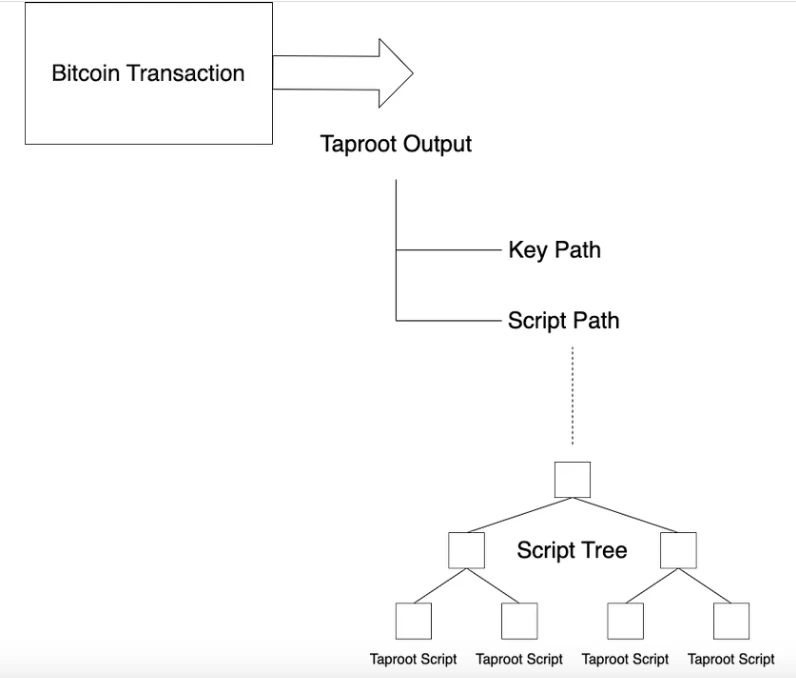
Is this safe? The answer is yes, because every time the main root asset is transferred, the Merk proof of the metadata needs to be submitted. If there is a double spend or unexpected fluctuation, the final root hash value will also be different from The expectations were first rejected.
Due to technical complexity, there are currently not many assets issued through the Taproot Asset protocol. The most interesting one is the Nostr Assets Protocol, which is a Bitcoin ecological project that combines the Nostr protocol, the Taproot Asset protocol and the Lightning Network. Its underlying tokens include a variety of $Trick and $Treat, with 210 million each. About 20% are currently released through airdrops, and the rest are currently retained by the Nostr Assets team. $Trick and $Treat are assets issued through the Taproot Asset protocol. The Nostr Assets team said it will develop a public inscription method so that people can freely deploy and inscribe Taproot Asset protocol tokens on the project platform.
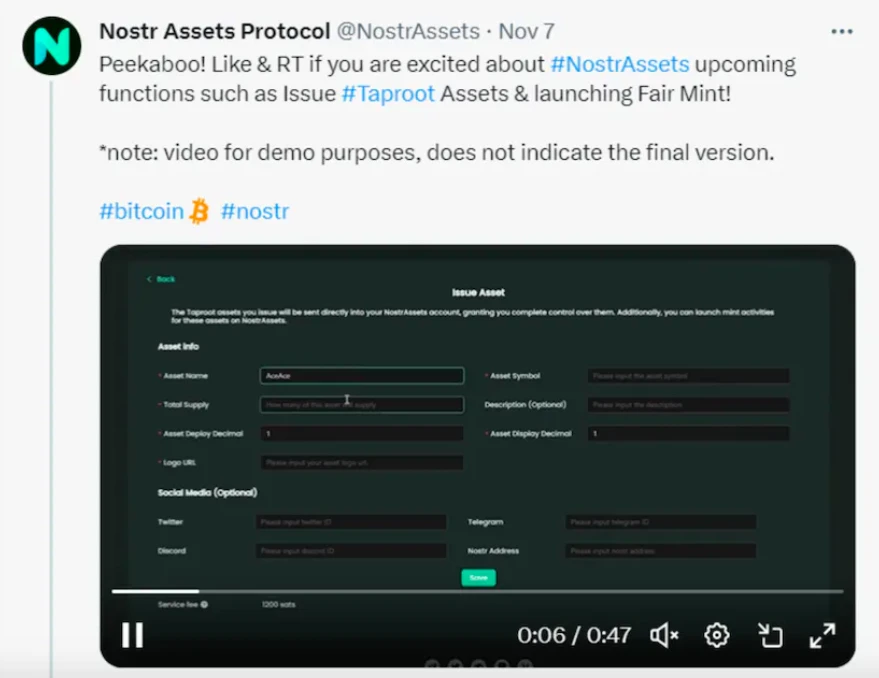
Taproot Asset is not a perfect solution. It is too technically complex, which is not conducive to user understanding and trust, and may have unpredictable vulnerabilities. Moreover, Taproot Asset’s verification cost increases exponentially, but this is not a small cost for both users and the first third-party institution. The most important thing is that Taproot Asset does not store metadata on the chain, so users need to save these metadata locally, or let a universe like a third-party organization store this data.
5. What are the advantages and disadvantages of BRC-20 and Runestone Taproot Asset?
BRC-20 Series and Rune Stone Series
1. The biggest advantage of the Runestone series protocol is also the biggest disadvantage of the BRC-20 series - its heavy on-chain footprint. BRC-20 will generate a large number of abandoned UTXOs. This is because the BRC-20 protocol adopts an account model when maintaining the account book. It needs to maintain how many assets each account has. Therefore, the holder needs to engrave Transfer to specify the amount that needs to be transferred to the destination address. The Rune Stone series protocol adopts a UTXO model similar to Bitcoin when maintaining the deposit book, that is, when transferring, it marks the amount transferred to the target address and the amount given in change to itself. This design has two benefits. First, it greatly reduces the footprint on the chain and reduces the copying of the Bitcoin chain ledger by the asset issuance protocol. Second, for off-chain indexers, the cost of maintenance is eliminated and the operation is simpler.
2. The Runstone series protocols are more conducive to large-scale airdrop releases. This is not necessarily what gamblers want, but it may also be what institutional investors want to see. But this is not absolute, for example Pipe Protocol also supports the form of public inscription that gambler people like.
3. The BRC-20 series has larger storage space. The BRC-20 series based on the Ordinals protocol stores data in the witness field of the transaction input, and this information can enjoy the Segregated Witness earthquake. Therefore, in theory, as long as the data of the simulated witness field is large enough, a nearly 4 MB size can be created. Transactions (the largest Ordinals NFT is 3.94 MB in size, and one transaction involves almost the entire block). With the introduction of recursive inscription technology, larger non-fungible assets can also be created. The Runestone series will face the 80 KB size limit of op_return, which makes the issuance of non-fungible assets through them greatly restricted, or even the issuance of fungible assets. When issuing assets, one cannot issue too large a transaction at one time.
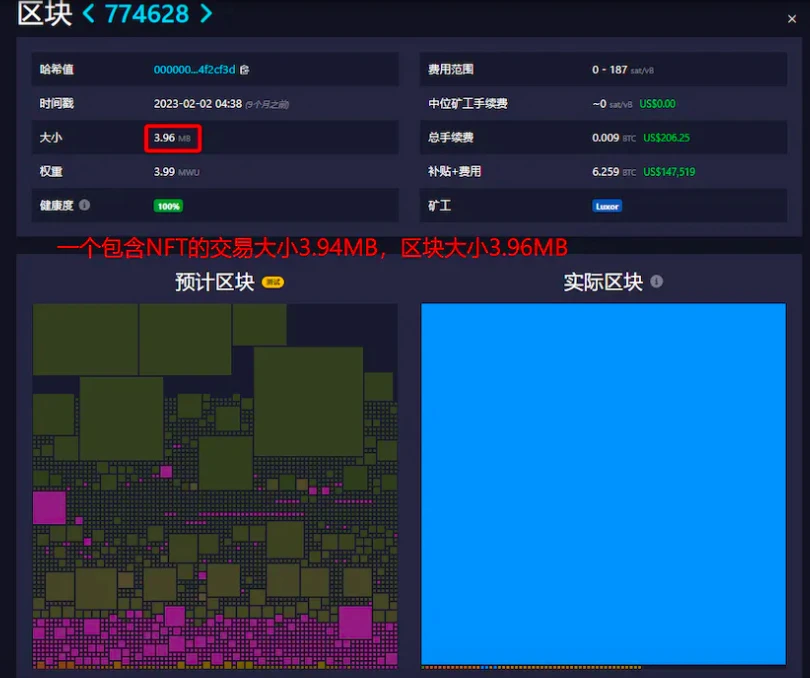
Taproot Asset protocol and the first two series
While Taproot Asset is complexly designed to reduce its on-chain footprint and be compatible with the Lightning Network, it carries a completely different mission. But as an open source protocol, it will be hyped by gamblers as long as it can. Therefore, here we only compare the Taproot Asset protocol with the first two series from this aspect.
1. Same as the previous two series, Taproot Asset also needs to introduce third-party trust. The first two series need to trust the off-chain index, and Taproot Asset needs to trust the universe that stores and verifies metadata. But there is a difference. The data structure of Taproot Asset is designed to ensure the simplicity and user reliability of Universe. However, considering that the complexity of Taproot Asset leads to difficulty in understanding and incredible trust, there is still uncertainty in the verification cost of Universe. . Under the conditions, the off-chain index construction of the BRC-20 series can therefore be speculated that in the short term, Taproot Asset Universe will have higher comprehensive costs due to slow construction and slow user acceptance. But in the long term, the overall cost of the Taproot Asset Universe is likely to be lower than the BRC-20 series.
2. Lightning Labs paved the way for Taproot Asset to connect to the Lightning Network in terms of technical details during development. This is the biggest advantage of the Taproot Asset protocol in the first two series. Taproot Asset can be traded on the Lightning Network, which further introduces the on-chain footprint of Taproot Assets, does not push up Bitcoin network rates, and allows traders to avoid high transaction fees. The current BRC-20 series leads to expensive Bitcoin network rates. On the other hand, when users trade BRC-20 series assets, the UTXO in their wallets may be scattered, resulting in a transaction that requires more than $10 in transaction fees.

3. Similar to the Runstone series, the Taproot Asset protocol is more conducive to large-scale airdrop issuance. But it is not absolute. For example, Nostr Asset Protocol has promised to support public inscriptions.
4. However, the Taproot Asset protocol is not as good as the first two series and the Ordinals protocol in its ability to issue non-fungible assets. As recognized, the first two series with the Ordinals protocol both write data to the blockchain, with every pixel of each image written to the blockchain. The non-fungible assets released through Taproot Asset are only committed to the chain, and the specific data is saved locally or in the universe. If the data is lost for any reason, the hash value committed to the chain will have no meaning.
6. Summary
The difference between different metadata protocols is the different recording locations, different recording methods, and different maintenance methods of data in the blockchain. These differences determine the characteristics of the different protocols. Protocols that record data in witness fields, such as the BRC-20 series protocols, have a heavy on-chain footprint despite sufficient data space, and their account models will generate a large number of idle UTXOs to burden nodes. Protocols that log data in op_return, such as the Runstone or Pipe protocols, improve this aspect. The Taproot Asset protocol, which guarantees data on-chain, has the cleanest on-chain footprint, but its technology is complex and not conducive to user understanding and trust.










